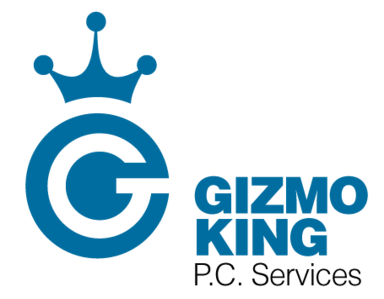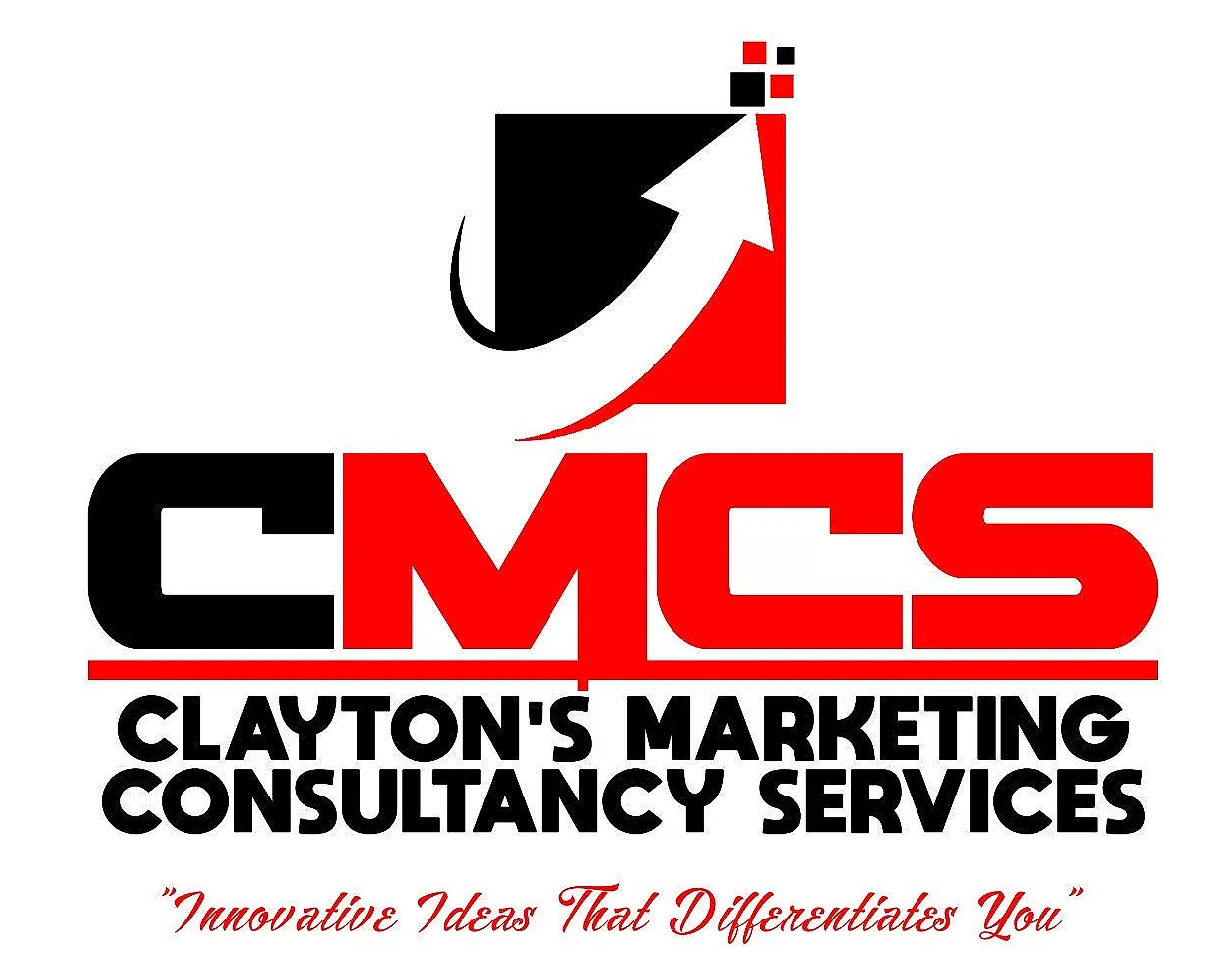
Slide title
Write your caption hereButton
Slide title
Write your caption hereButton
Slide title
Write your caption hereButton
Slide title
Write your caption hereButton
Who We Are
Clayton`s Marketing Consultancy Services is a registered service-oriented entity which specializes in the creation of Marketing Plans, Commercial and Infomercial Videos, Website Contents, Promotional Plans, Business Plans and Sales Plans. We also conduct Marketing Consultations, Search Engine Optimization, Direct Marketing, Public Relations, Marketing Research, Feasibility Studies, Digital Marketing and provides Project Assistance to University Marketing Students.
Marketing involves creating and maintaining profitable, value-added relationships with customers. At CMCS, We assist Entrepreneurs and Small-Medium Sized Enterprises in creating value and building strong customer relationships in order for them to
increase sales and
capture value from their customers in return.
The team at Clayton`s Marketing Consultancy Services possesses several years of experience in the field of Marketing and the Consultants are all certified and trained in their respective areas of marketing. Therefore, we are committed to ensuring that all your marketing needs are taken care of in an
efficient, timely and affordable manner.
Clayton's Marketing Consultancy Services in Jamaica



Client Testimonials
Our Clients

Slide title
Write your caption hereButton
Slide title
Write your caption hereButton
Slide title
Write your caption hereButton

Slide title
Write your caption hereButton
Slide title
Write your caption hereButton
Slide title
Write your caption hereButton

Slide title
Write your caption hereButton
Slide title
Write your caption hereButton
Slide title
Write your caption hereButton

Slide title
Write your caption hereButton
Slide title
Write your caption hereButton
Slide title
Write your caption hereButton
Slide title
Write your caption hereButton
Slide title
Write your caption hereButton
Slide title
Write your caption hereButton
Slide title
Write your caption hereButton
Slide title
Write your caption hereButton
Slide title
Write your caption hereButton
All Rights Reserved l Clayton's Marketing Consultancy Services
All Rights Reserved | Clayton's Marketing Consultancy Services



